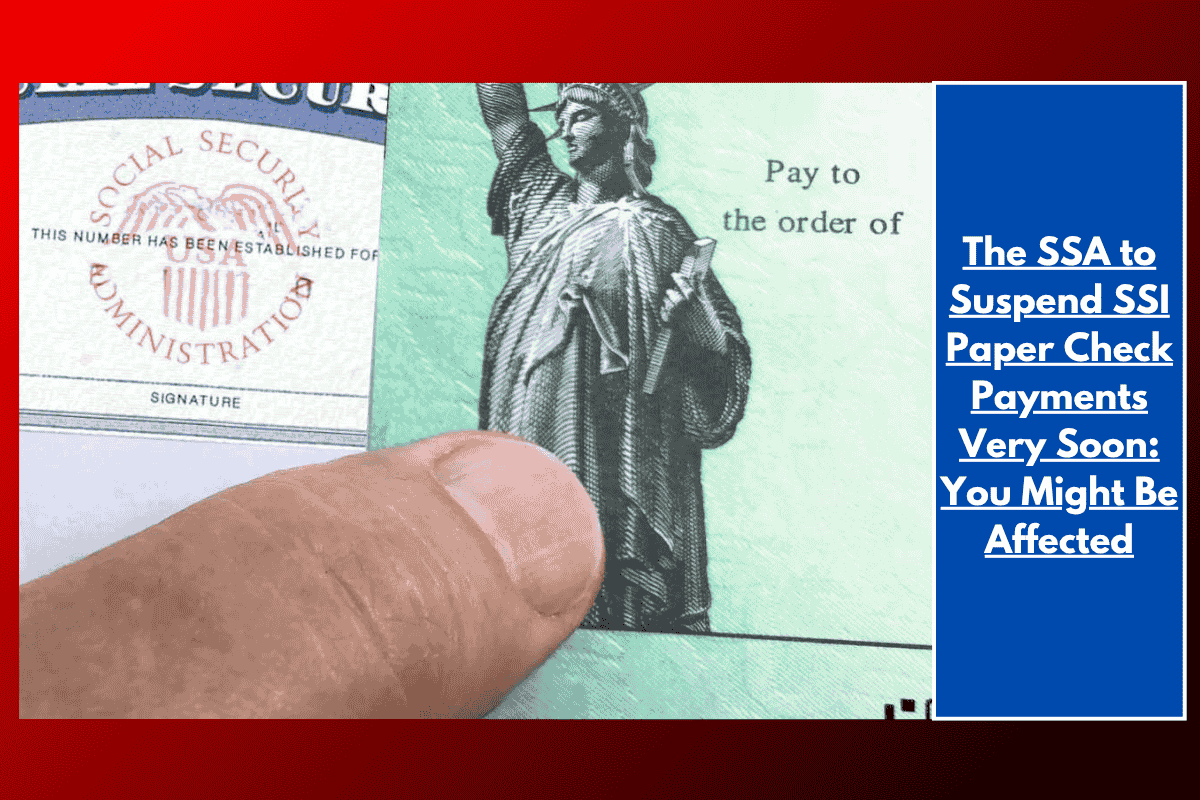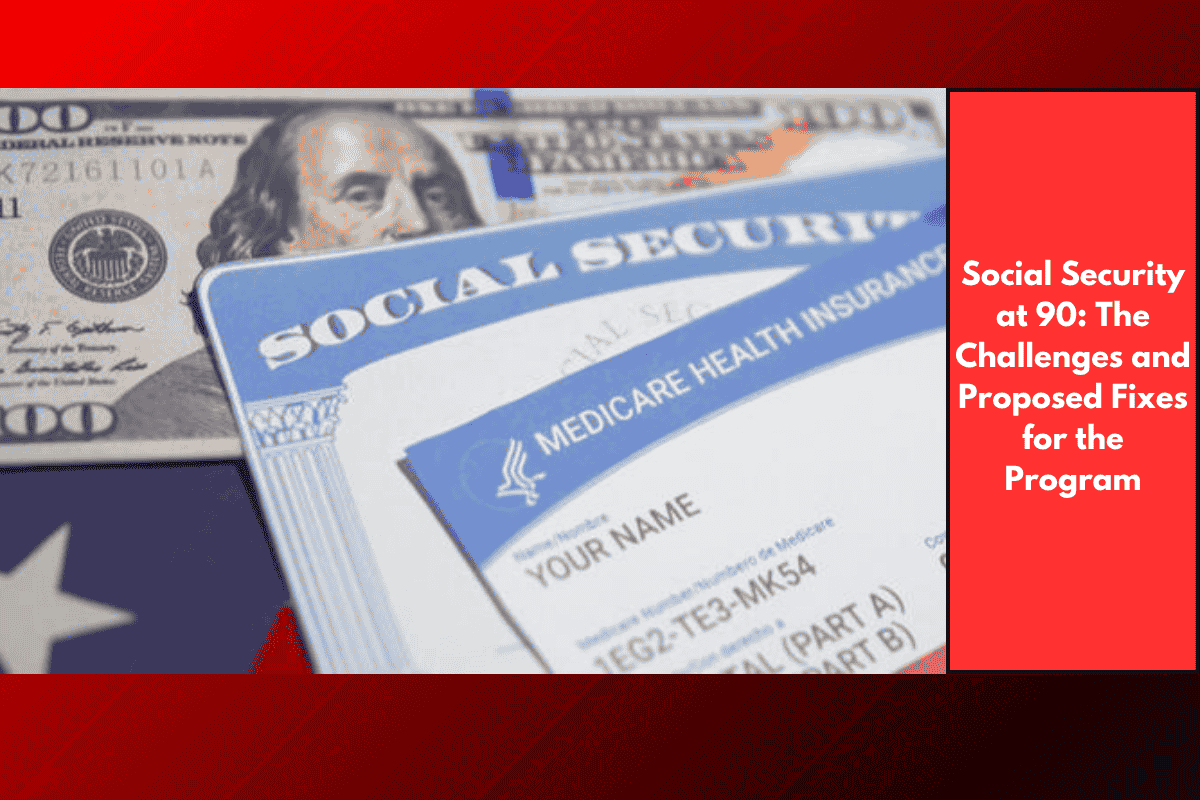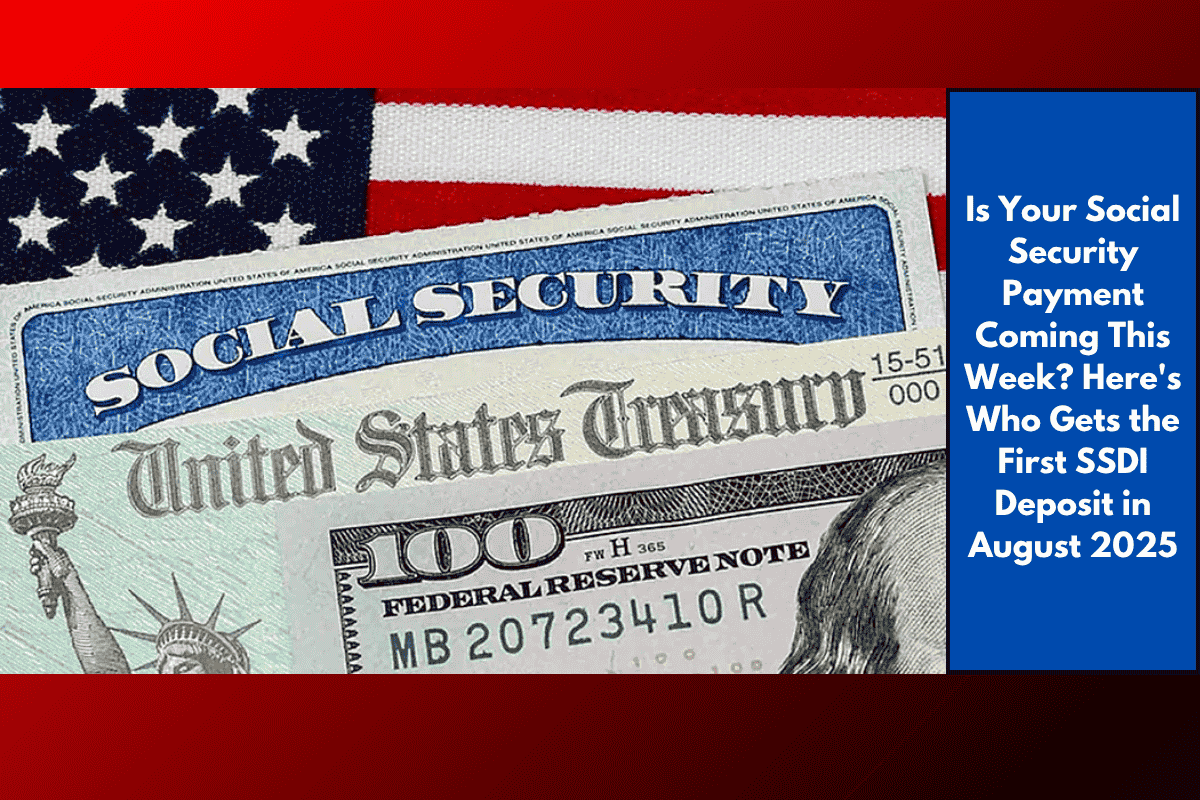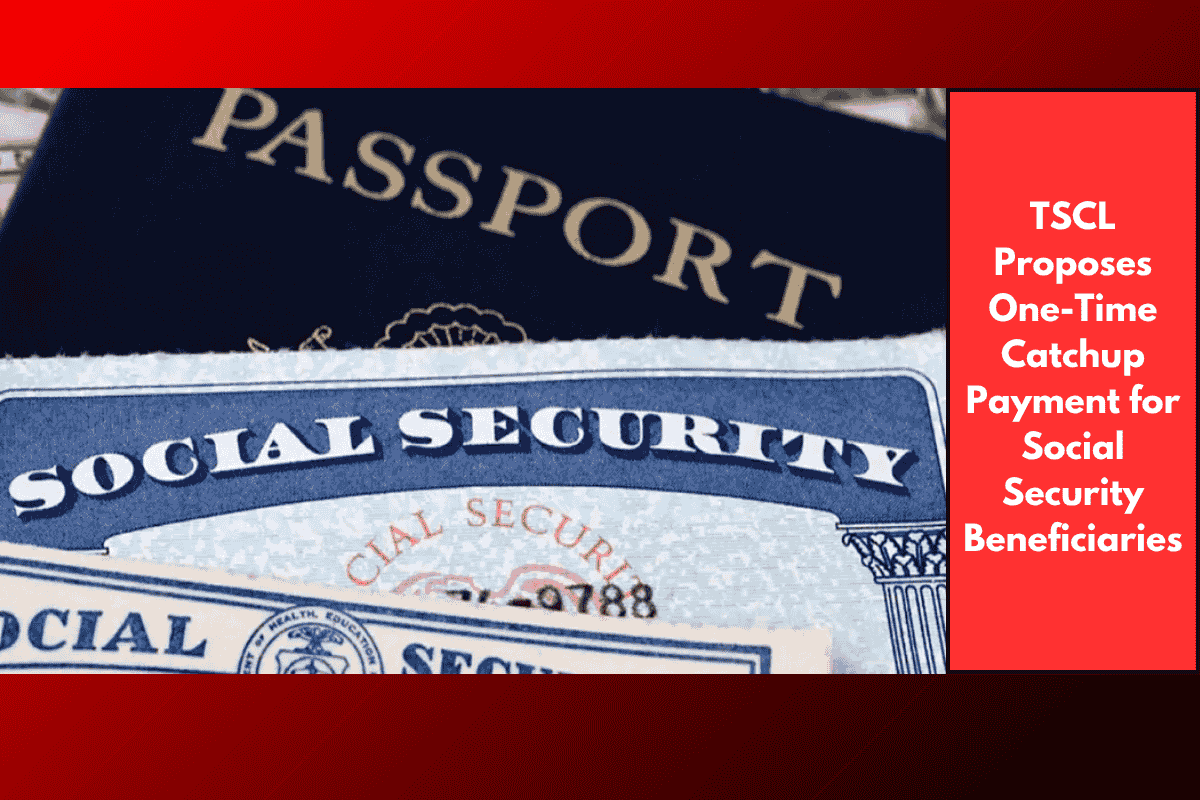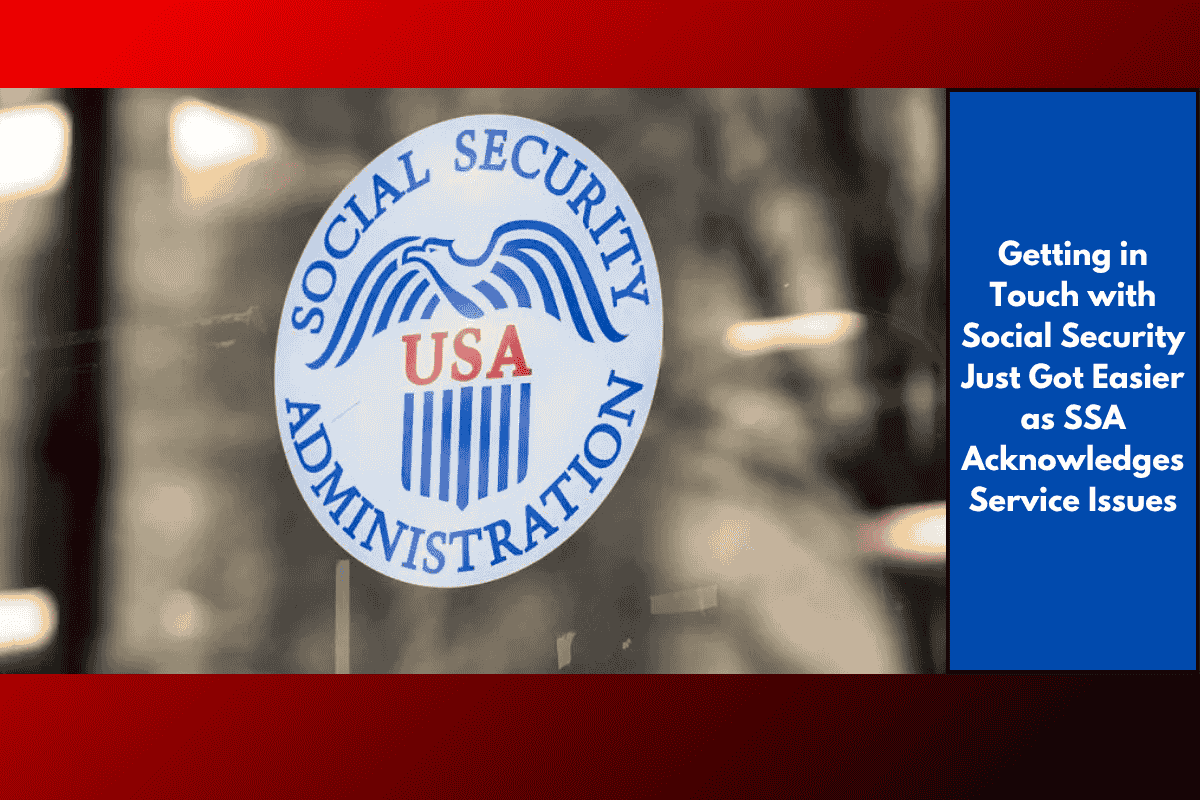For roughly 500,000 Americans, that familiar moment of receiving a paper check in the mail means the difference between survival and struggle. These checks are a lifeline for retired seniors, people in remote rural areas, those without bank accounts, or anyone disconnected from the digital world.
But the clock is ticking. Starting September 30, 2025, the Federal Government will officially end paper checks for Supplemental Security Income (SSI) and other Social Security benefits. This shift will change everything.
The End of SSI Paper Checks
This isn’t just about SSI benefits; it’s much broader. Starting October 1, 2025, the government will eliminate paper checks for all federal payments. This includes Social Security Disability Insurance (SSDI), federal retirement benefits, tax refunds, and other crucial subsidies. From then on, all payments will be made electronically—via direct deposit, the Direct Express prepaid card, or an approved digital wallet. Paper checks will no longer be an option.
Why Is the Federal Government Phasing Out Paper Checks?
The government’s reasons for the change are straightforward:
Cost Savings: Printing and mailing checks last year cost a staggering $650 million. In contrast, processing an electronic payment costs around $0.10, while processing a paper check costs about $1. By switching to electronic payments, the government expects to save nearly $1 billion over the next ten years.
Fraud Prevention: Paper checks are vulnerable to theft, loss, or alteration. Over half a million checks are lost or stolen every year. Electronic payments, on the other hand, are trackable, safer, and harder to steal, making them a better option for beneficiaries who rely on these payments for their daily needs.
Operational Efficiency: The government is moving toward modernization. Paper checks create delays, headaches, and waste. Eliminating them is part of a larger effort to move all federal payments into the digital age, as mandated by a March 2025 executive order.
The Risks of the Transition
While the shift to electronic payments makes sense in many ways, it also poses risks, especially for those who depend on paper checks. The biggest concern? Payment interruptions. If you don’t switch to an electronic payment method by September 30, 2025, the SSA will pause your payments. For many, this isn’t just an inconvenience—it’s a serious problem. Imagine a senior citizen or a disabled veteran, relying on their monthly check for food, rent, and medication, experiencing a delay in their payment because they didn’t switch in time.
Switching Isn’t Always Easy
For many people, especially older adults or those living in rural areas, making the switch from paper checks to electronic payments isn’t simple. Fewer local SSA offices and limited access to digital tools make the process even more challenging. For those without internet or a bank account, the transition becomes a real hurdle. It’s a situation many worry about, like the grandmother who doesn’t have a bank account or access to the internet—how will she manage?
How to Avoid Disaster: Act NOW
To ensure that your payments aren’t interrupted, take action as soon as possible. Here’s how you can make the switch before it’s too late:
Switch to Direct Deposit: This is the safest and easiest option. Log into “My Social Security” on the SSA website (ssa.gov) and enter your bank details. If you don’t have a bank account, the Direct Express card is a good alternative. Your federal benefits will be deposited directly onto this prepaid card.
Choose Your Method: You can change your payment method by going online, calling the SSA at 1-800-772-1213, or visiting a local SSA office. Make an appointment as soon as possible to avoid waiting.
Request an Exception: If you’re truly unable to access electronic payment methods, you may be able to request an exception. Call 855-290-1545 and explain your situation. You may need to provide proof, especially if you’re disabled or facing other challenges.
Secure Your Payments: If you’ve already switched to electronic payments, make sure your accounts are secure. Set up bank alerts for direct deposit payments, and consider using USPS Informed Delivery to track any physical mail that might still arrive.
While the move to digital payments is a necessary step in modernizing the system, it can be a stressful transition for those who are used to receiving paper checks. To avoid any disruptions in your benefits, take action today to switch to electronic payments. The deadline is coming soon, and it’s better to act now than face delays or interruptions when you need it most.

